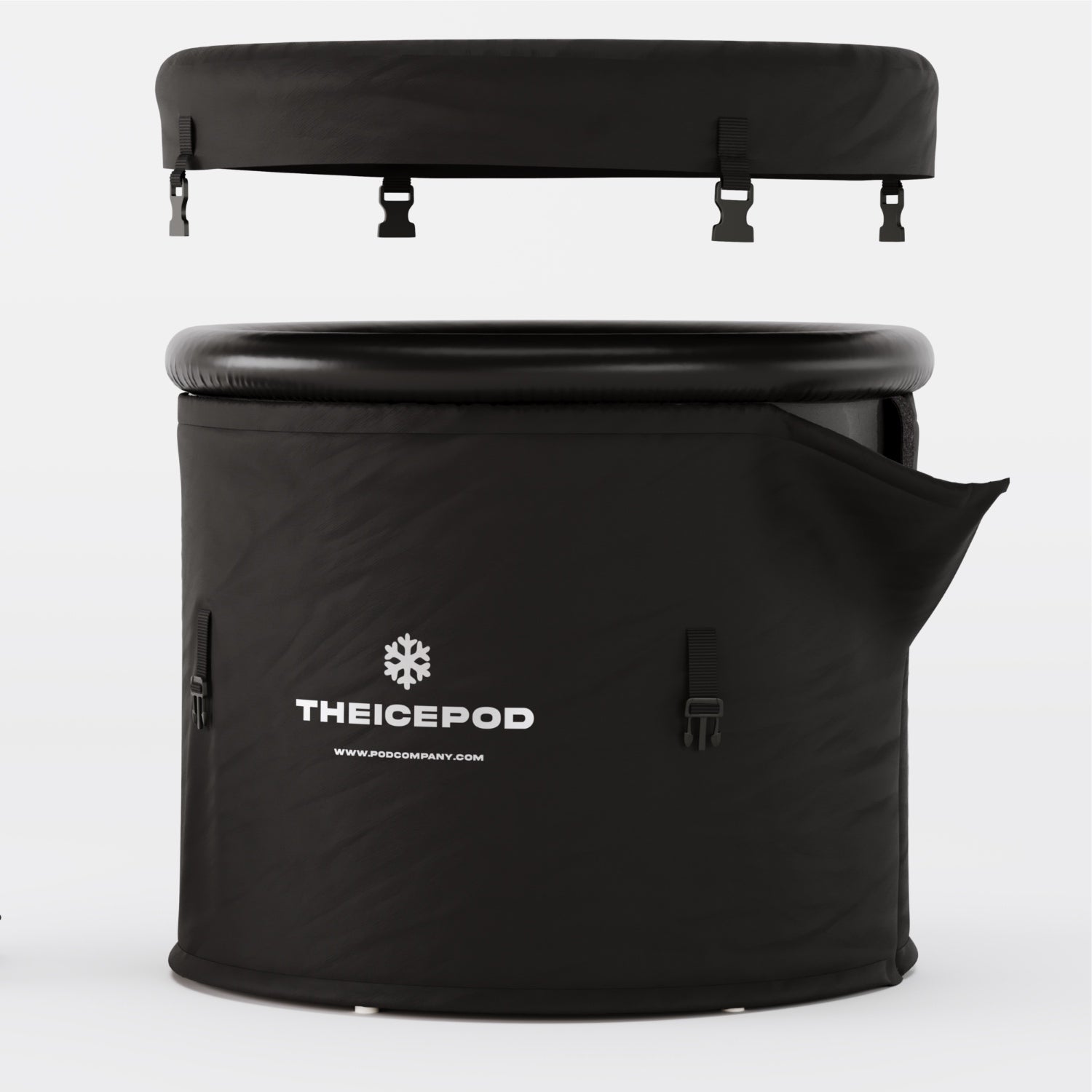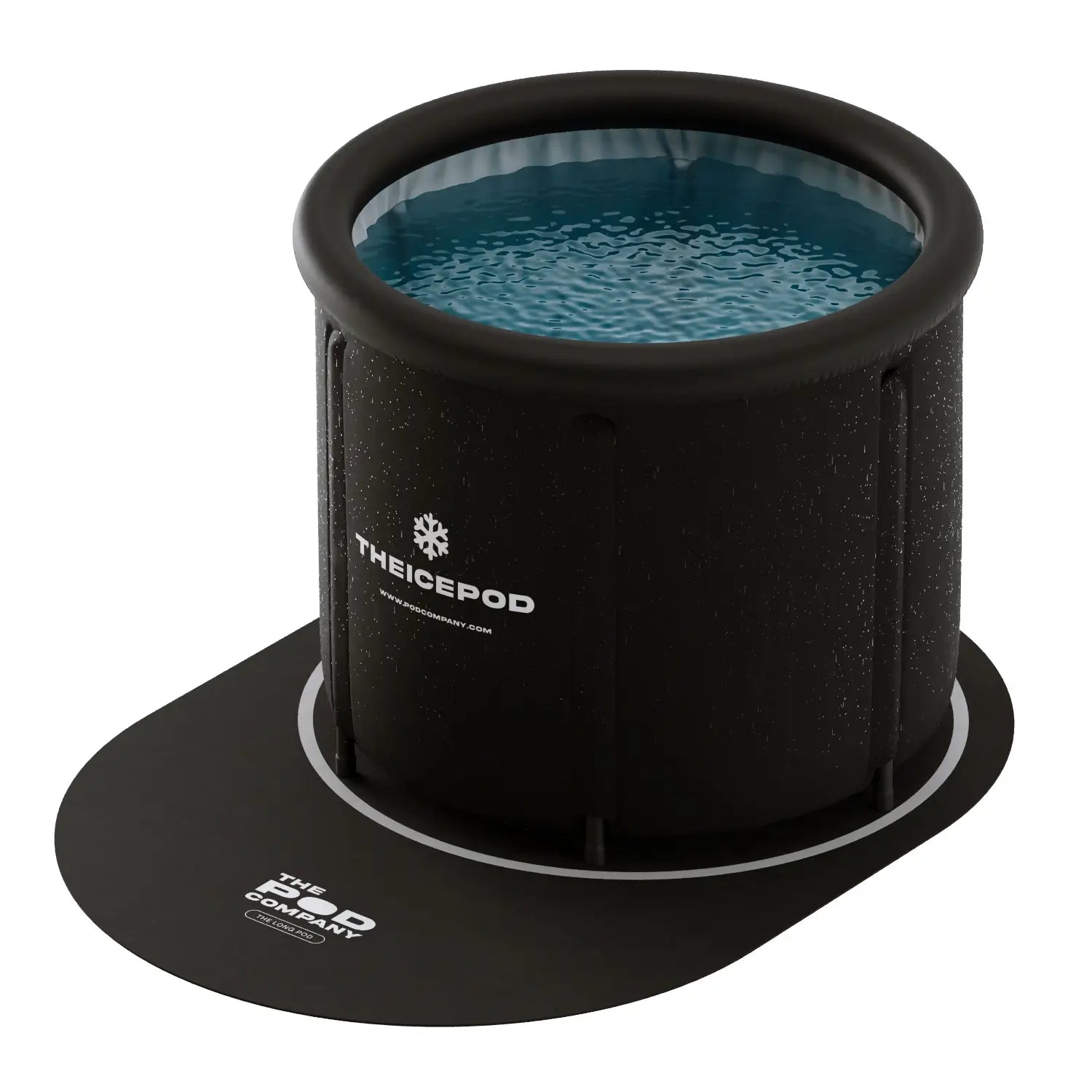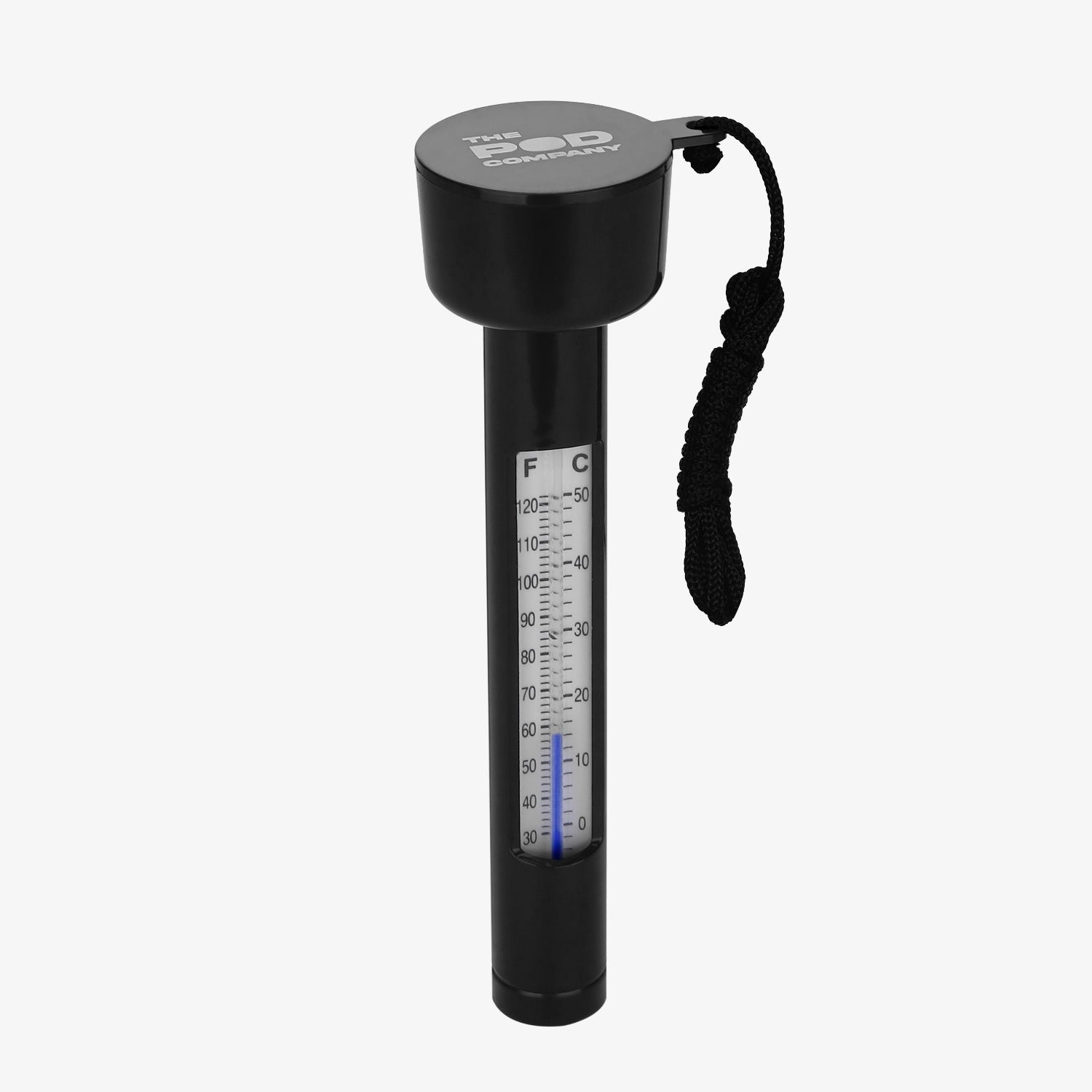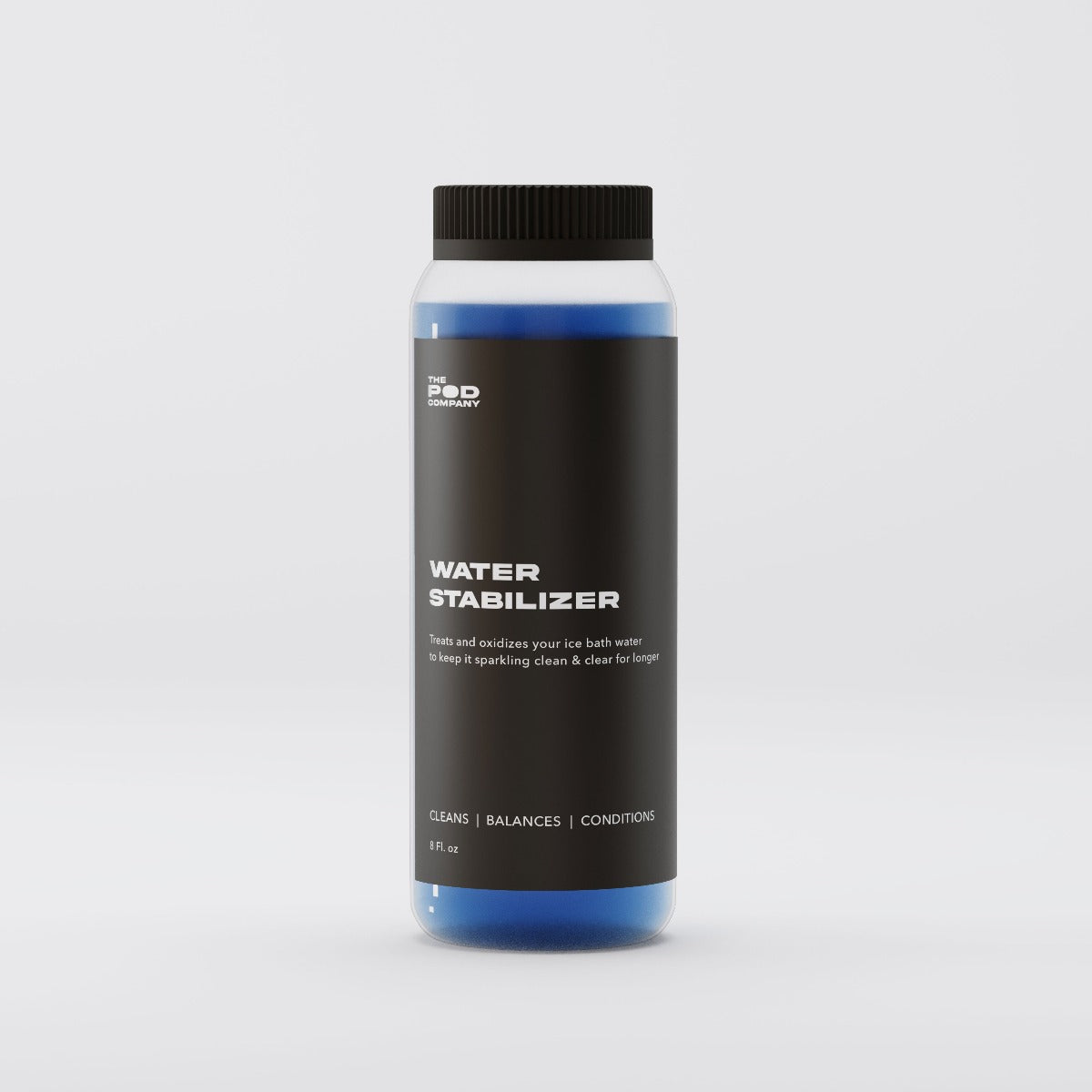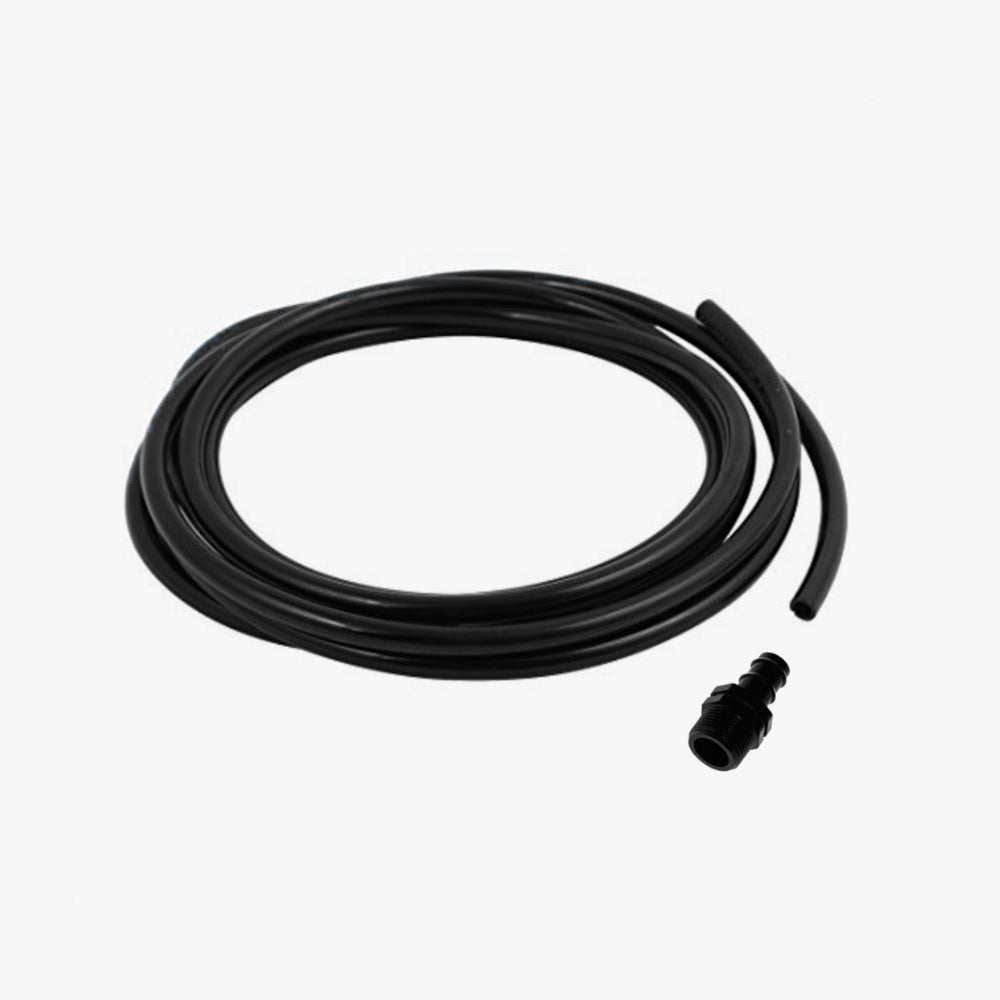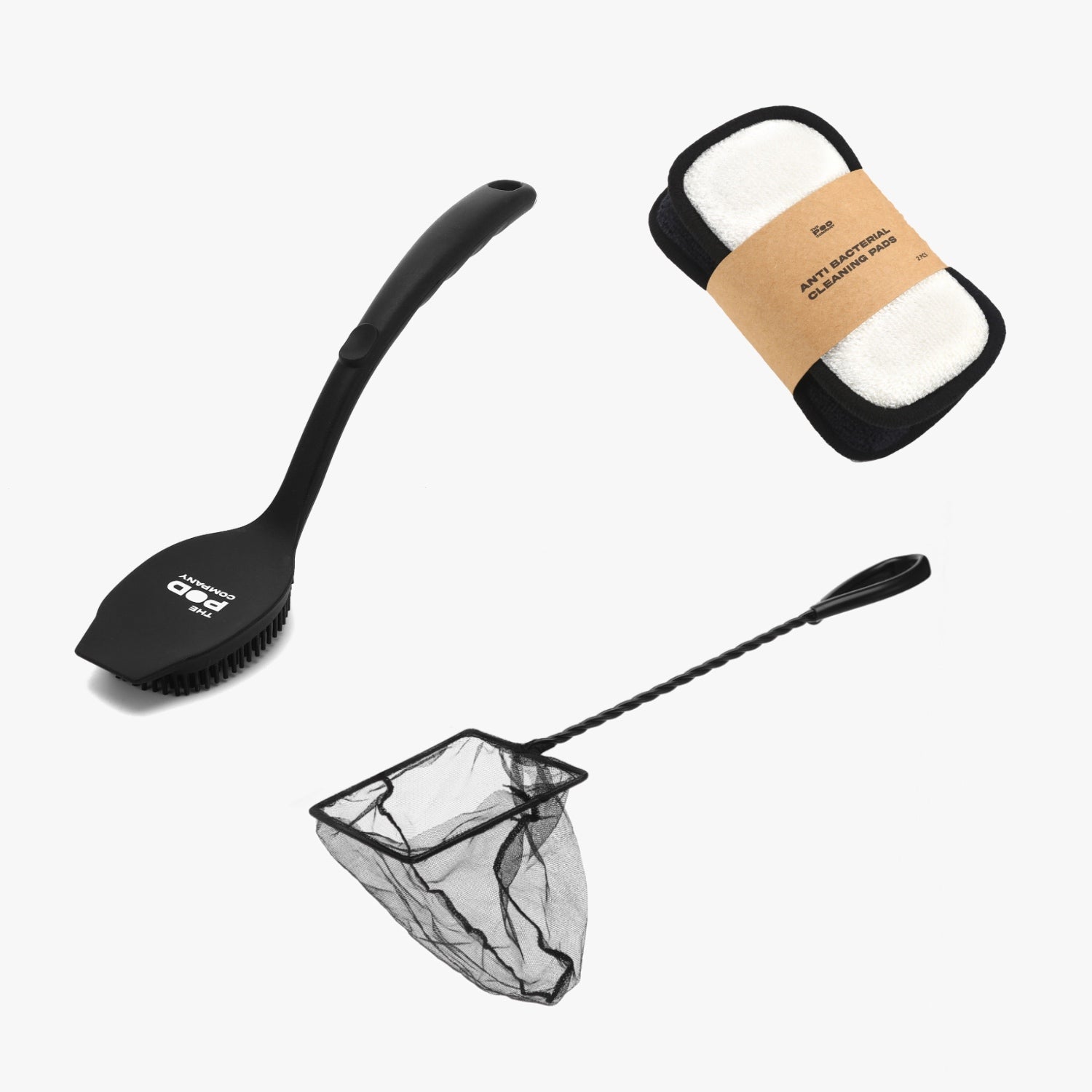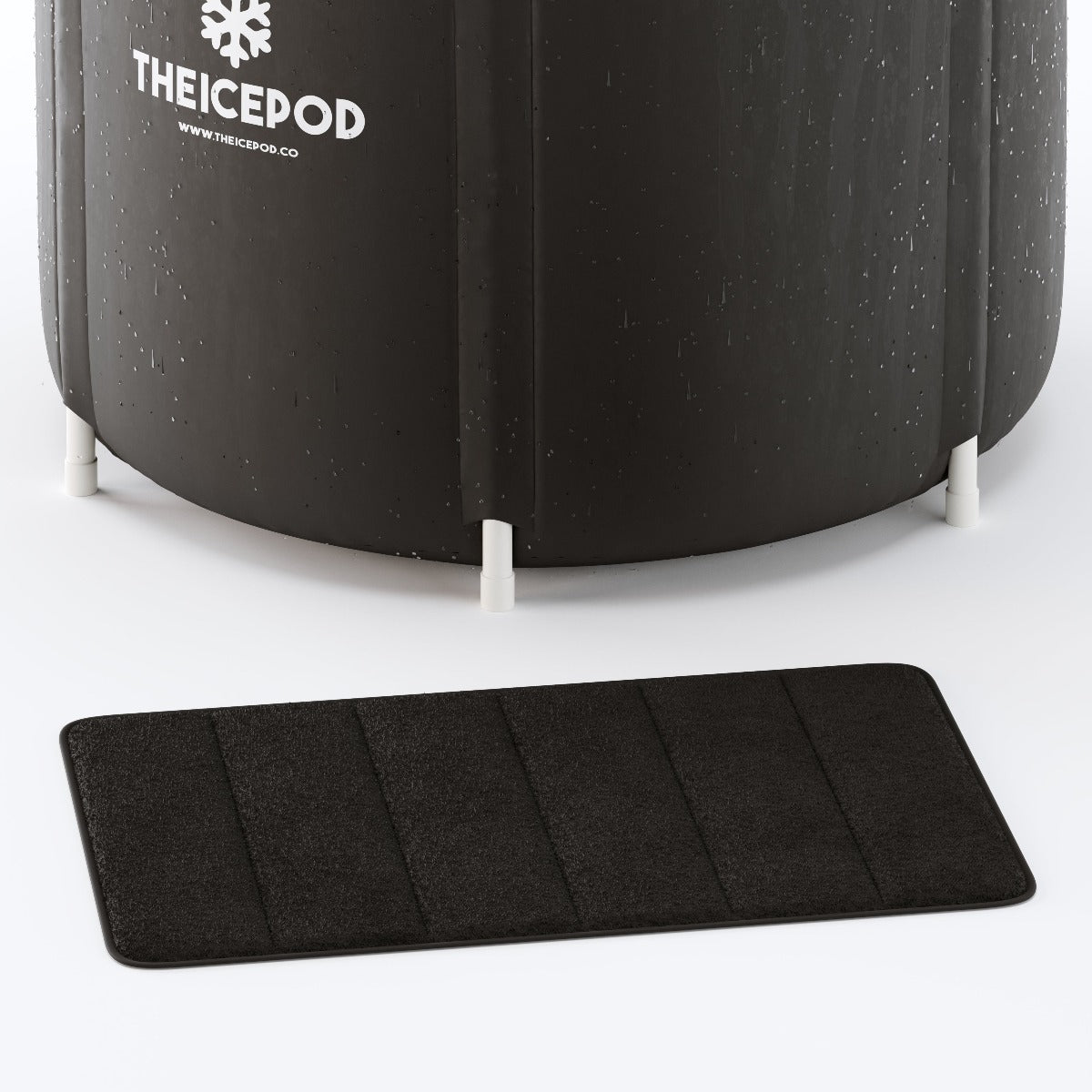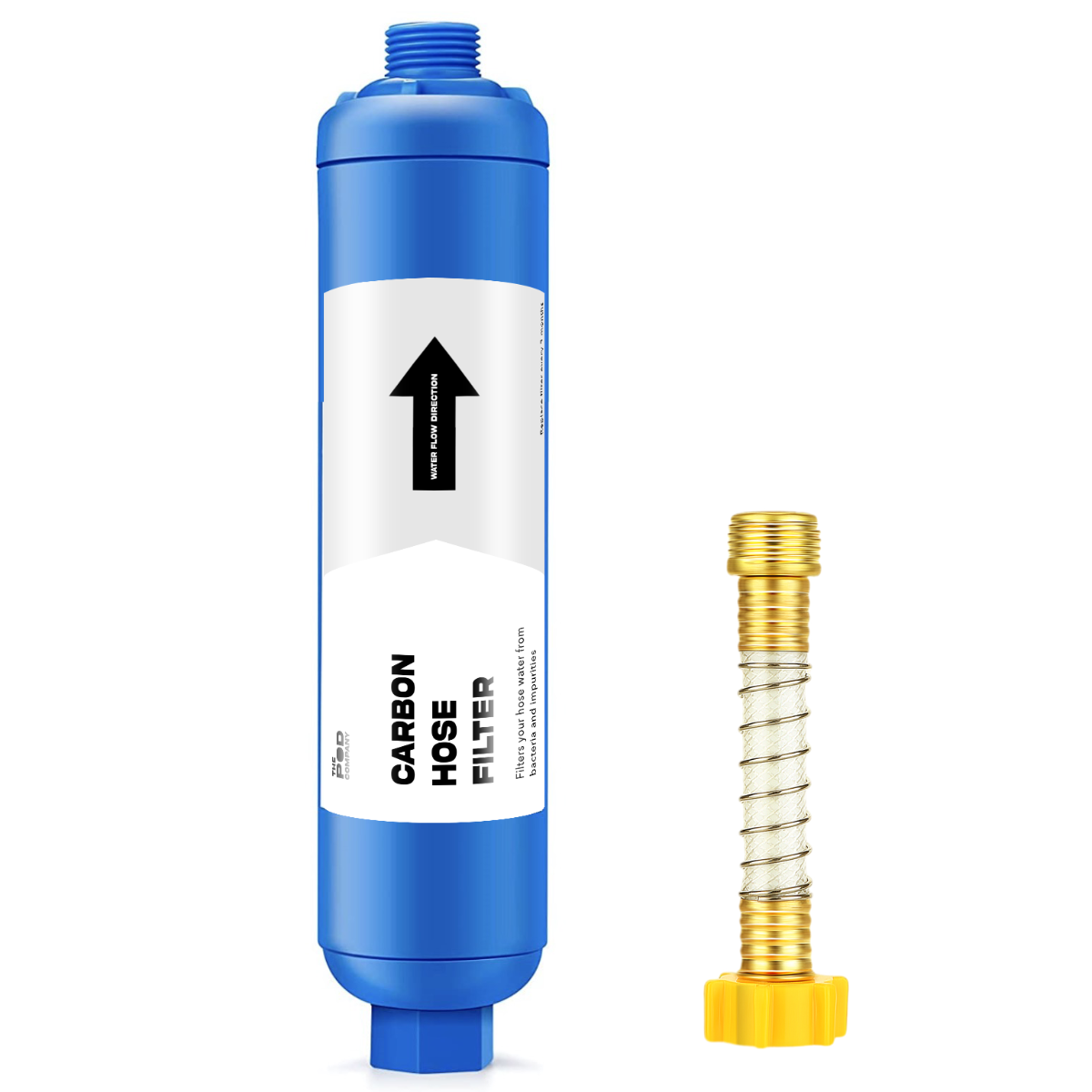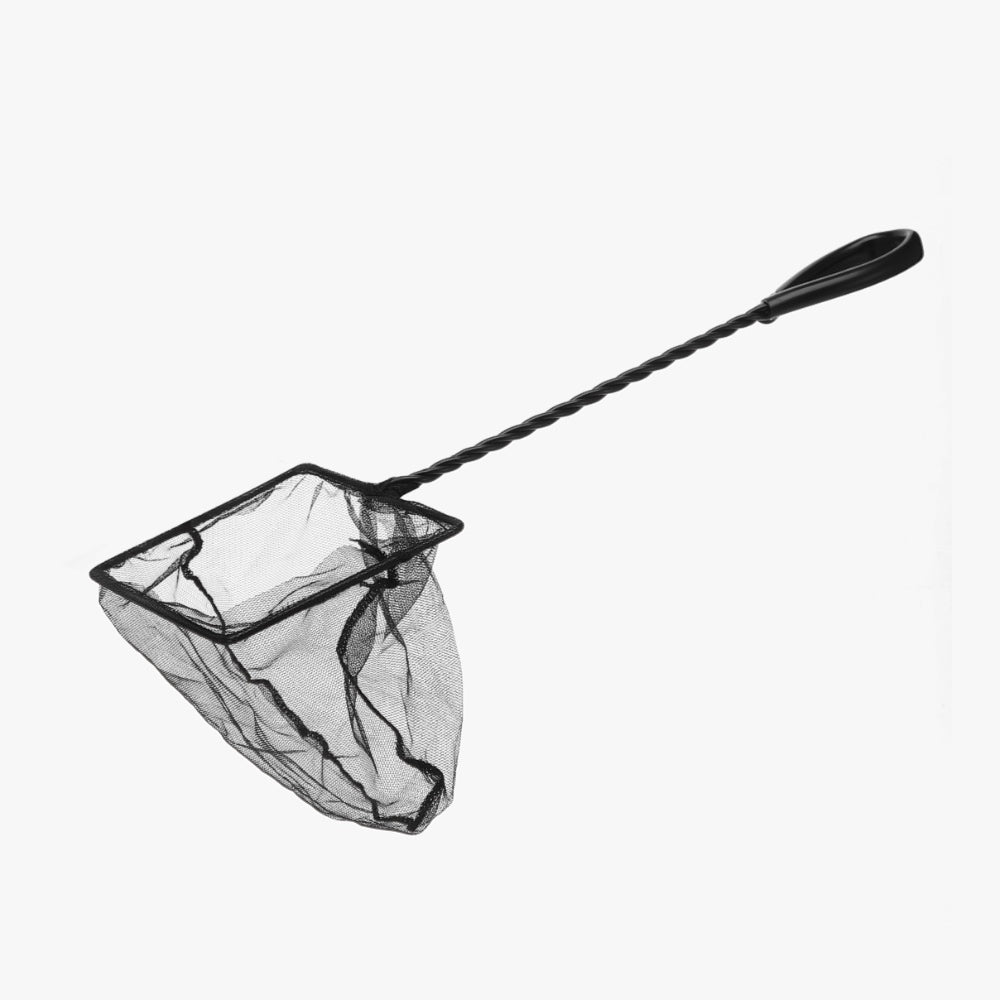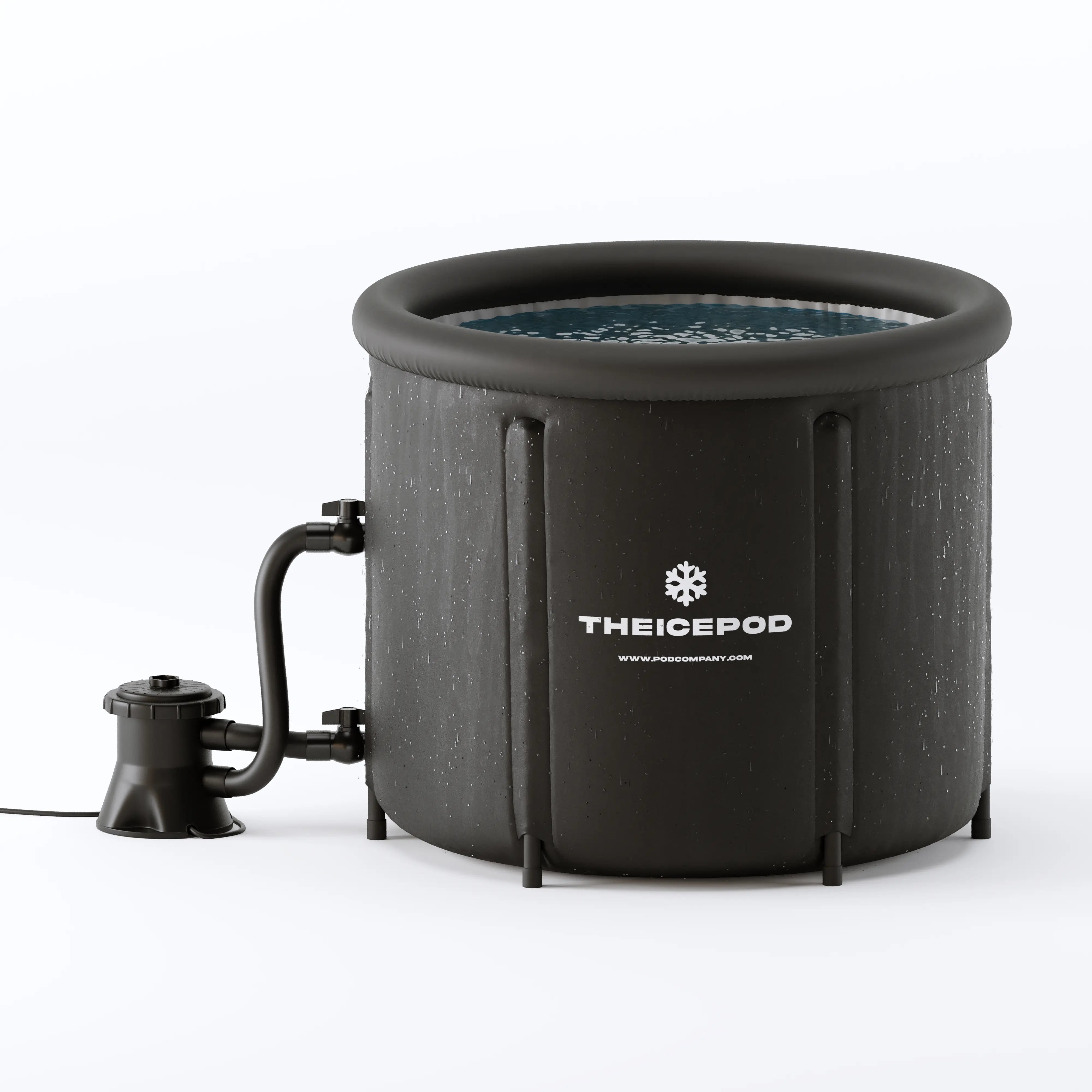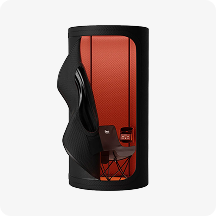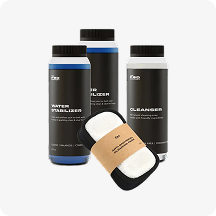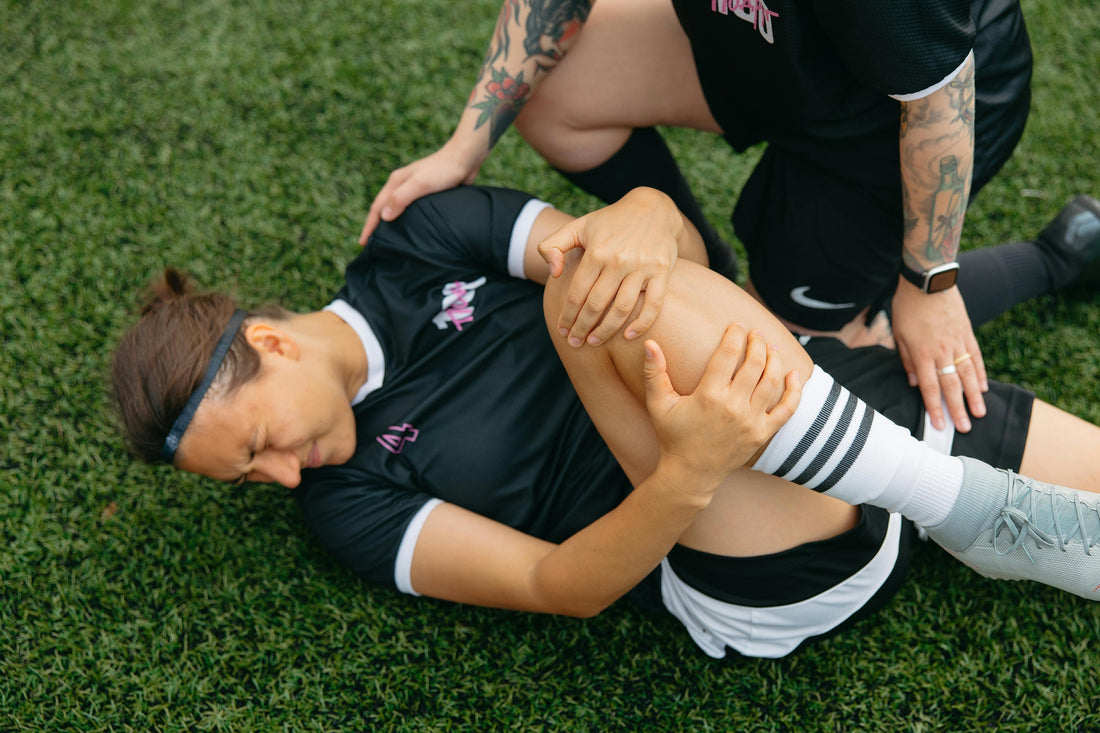Preventing Sports Injuries
Sports and physical activities are great for overall health, but they also come with the risk of injuries. Whether you’re an athlete, fitness enthusiast, or weekend warrior, preventing sports injuries is essential to staying active and maintaining peak performance. This article explores effective strategies to prevent injuries, from proper warm-ups to recovery techniques, and how tools like The Pod Company’s Ice Pods can support injury prevention and recovery.
Why Is Injury Prevention Important?
Sports injuries can sideline you for weeks or even months, impacting your fitness progress and overall well-being. By adopting the right habits, you can minimize the risk of injuries and keep your body in top condition.
Benefits of Injury Prevention:
- Reduces downtime from workouts and sports.
- Enhances performance by maintaining muscle and joint health.
- Prevents long-term damage that could lead to chronic pain or mobility issues.
- Supports overall well-being and longevity in physical activities.
Common Types of Sports Injuries
Understanding common injuries can help you take proactive steps to prevent them. Some of the most frequent sports-related injuries include:
- Sprains and Strains – Overstretching or tearing of ligaments (sprains) or muscles (strains).
- Tendonitis – Inflammation of tendons, often due to overuse.
- Shin Splints – Pain along the shin bone, common in runners.
- Knee Injuries – ACL tears, patellar tendonitis, and runner’s knee.
- Shoulder Injuries – Rotator cuff injuries from repetitive overhead movements.
- Stress Fractures – Small cracks in bones due to repetitive impact.
How to Prevent Sports Injuries
Preventing injuries requires a combination of proper preparation, technique, and recovery methods. Here’s how to stay safe and active.
1. Warm Up Properly
A good warm-up prepares your muscles and joints for activity, increasing blood flow and flexibility.
- Dynamic Stretching: Perform movements like leg swings, arm circles, and hip rotations.
- Light Cardio: Jogging or jumping rope for 5-10 minutes increases circulation.
Skipping a warm-up increases the risk of muscle strains and joint injuries, so make it a non-negotiable part of your routine.
2. Use Proper Technique
Incorrect form is one of the leading causes of sports injuries.
- Work with a trainer or coach to ensure you’re using proper posture and technique.
- Use appropriate footwear and gear to support your body during exercise.
- For weight training, start with lighter weights and focus on controlled movements.
3. Build Strength and Flexibility
Strong, flexible muscles are less prone to injuries.
- Incorporate strength training to improve muscle support around joints.
- Stretch daily to maintain flexibility and reduce tightness.
- Use a balanced training routine to prevent overuse injuries by working different muscle groups.
4. Stay Hydrated and Eat Well
Nutrition plays a key role in injury prevention and recovery.
- Stay hydrated to keep muscles and joints lubricated.
- Eat anti-inflammatory foods like salmon, turmeric, and leafy greens to reduce soreness.
- Ensure adequate protein intake to support muscle repair and growth.
5. Don’t Overtrain – Listen to Your Body
Overtraining increases the risk of fatigue-related injuries. Signs you need rest include:
- Persistent muscle soreness.
- Decreased performance.
- Chronic fatigue or trouble sleeping.
Incorporate rest days and active recovery sessions, like yoga or light walking, to maintain balance.
6. Use Cold Therapy for Recovery
Cold therapy is a proven method for reducing muscle inflammation and soreness.
- Ice Baths: Using The Pod Company’s Ice Pods helps reduce muscle stiffness and speeds up recovery.
- Cold Showers: A simple alternative that aids circulation and relieves soreness.
How It Helps:
✅ Decreases muscle inflammation and swelling.
✅ Speeds up healing after intense workouts.
✅ Helps prevent overuse injuries by reducing strain on muscles and joints.
Recovery Strategies for Long-Term Injury Prevention
Even with the best prevention techniques, proper recovery is essential for long-term injury prevention. Here’s how to optimize your recovery routine:
1. Prioritize Sleep
Sleep is when your body repairs muscle tissue and strengthens your immune system. Aim for 7-9 hours per night to allow for proper recovery.
2. Use Active Recovery
Engage in low-impact activities like swimming, cycling, or walking to promote circulation and prevent stiffness.
3. Foam Rolling and Massage
Foam rolling helps release muscle tension and improves mobility. Regular massages can also aid in deep muscle recovery.
4. Apply Cold Therapy Post-Workout
Cold therapy with The Pod Company’s Ice Pods can accelerate muscle recovery, allowing you to train consistently without injury.
Common Mistakes That Lead to Injuries
- Skipping Warm-Ups and Cool-Downs – Increases the risk of muscle and joint injuries.
- Ignoring Pain – Pain is a warning sign. Rest and recover instead of pushing through discomfort.
- Neglecting Recovery Days – Overworking your body leads to burnout and injuries.
- Poor Hydration and Nutrition – Increases fatigue and weakens muscles.
When to Seek Medical Attention
If you experience any of the following, consult a healthcare professional:
- Severe pain that doesn’t improve with rest.
- Swelling, redness, or inability to move a joint.
- Persistent muscle weakness or instability.
Early treatment prevents minor injuries from becoming serious issues.
Conclusion
Preventing sports injuries requires a proactive approach that includes proper warm-ups, strength training, hydration, and recovery techniques. By taking care of your body and following best practices, you can stay active and injury-free.
Cold therapy using The Pod Company’s Ice Pods is an excellent addition to your recovery routine, helping reduce muscle soreness, improve circulation, and prevent overuse injuries.
With the right strategies and tools, you can train smarter, recover faster, and maintain peak performance throughout your fitness journey.



